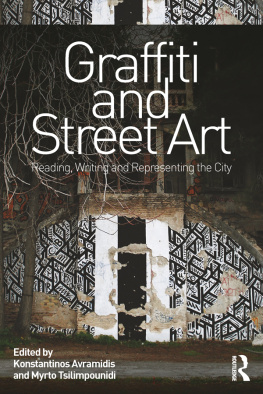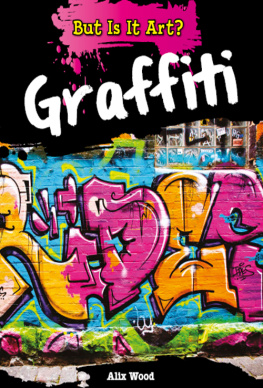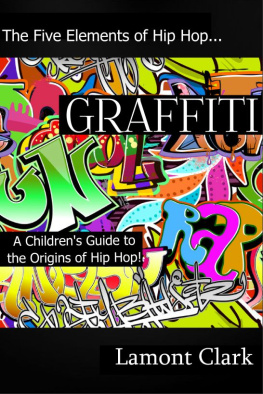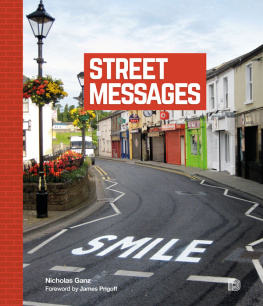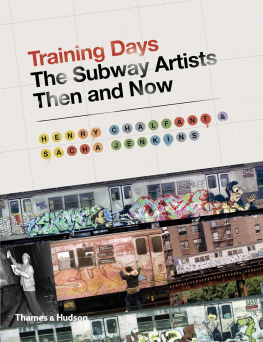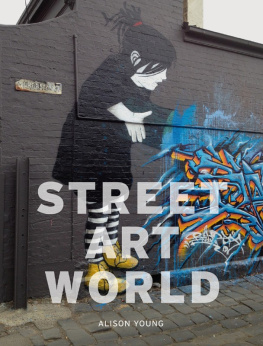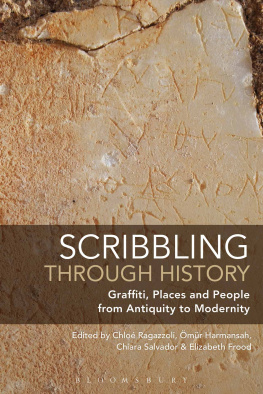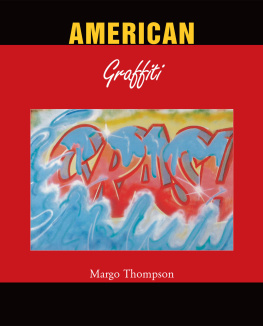Konstantinos Avramidis - Graffiti and Street Art: Reading, Writing and Representing the City
Here you can read online Konstantinos Avramidis - Graffiti and Street Art: Reading, Writing and Representing the City full text of the book (entire story) in english for free. Download pdf and epub, get meaning, cover and reviews about this ebook. year: 2016, publisher: Routledge, genre: Romance novel. Description of the work, (preface) as well as reviews are available. Best literature library LitArk.com created for fans of good reading and offers a wide selection of genres:
Romance novel
Science fiction
Adventure
Detective
Science
History
Home and family
Prose
Art
Politics
Computer
Non-fiction
Religion
Business
Children
Humor
Choose a favorite category and find really read worthwhile books. Enjoy immersion in the world of imagination, feel the emotions of the characters or learn something new for yourself, make an fascinating discovery.
- Book:Graffiti and Street Art: Reading, Writing and Representing the City
- Author:
- Publisher:Routledge
- Genre:
- Year:2016
- Rating:3 / 5
- Favourites:Add to favourites
- Your mark:
Graffiti and Street Art: Reading, Writing and Representing the City: summary, description and annotation
We offer to read an annotation, description, summary or preface (depends on what the author of the book "Graffiti and Street Art: Reading, Writing and Representing the City" wrote himself). If you haven't found the necessary information about the book — write in the comments, we will try to find it.
Graffiti and street art images are ubiquitous, and they enjoy a very special place in collective imaginary due to their ambiguous nature. Sometimes enigmatic in meaning, often stylistically crude and aesthetically aggressive, yet always visually arresting, they fill our field of vision with texts and images that no one can escape. As they take place on surfaces and travel through various channels, they provide viewers an entry point to the subtext of the cities we live in, while questioning how we read, write and represent them. This book is structured around these three distinct, albeit by definition interwoven, key frames. The contributors of this volume critically investigate underexplored urban contexts in which graffiti and street art appear, shed light on previously unexamined aspects of these practices, and introduce innovative methodologies regarding the treatment of these images. Throughout, the focus is on the relationship of graffiti and street art with urban space, and the various manifestations of these idiosyncratic meetings. In this book, the emphasis is shifted from what the physical texts say to what these practices and their produced images do in different contexts.
All chapters are original and come from experts in various fields, such as Architecture, Urban Studies, Sociology, Criminology, Anthropology and Visual Cultures, as well as scholars that transcend traditional disciplinary frameworks. This exciting new collection is essential reading for advanced undergraduates as well as postgraduates and academics interested in the subject matter. It is also accessible to a non-academic audience, such as art practitioners and policymakers alike, or anyone keen on deepening their knowledge on how graffiti and street art affect the ways urban environments are experienced, understood and envisioned.
Konstantinos Avramidis: author's other books
Who wrote Graffiti and Street Art: Reading, Writing and Representing the City? Find out the surname, the name of the author of the book and a list of all author's works by series.

